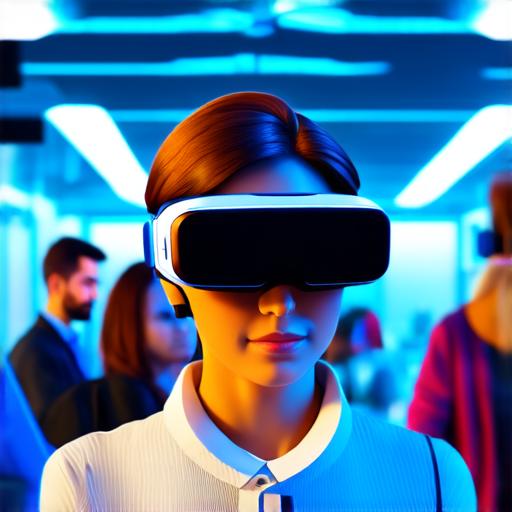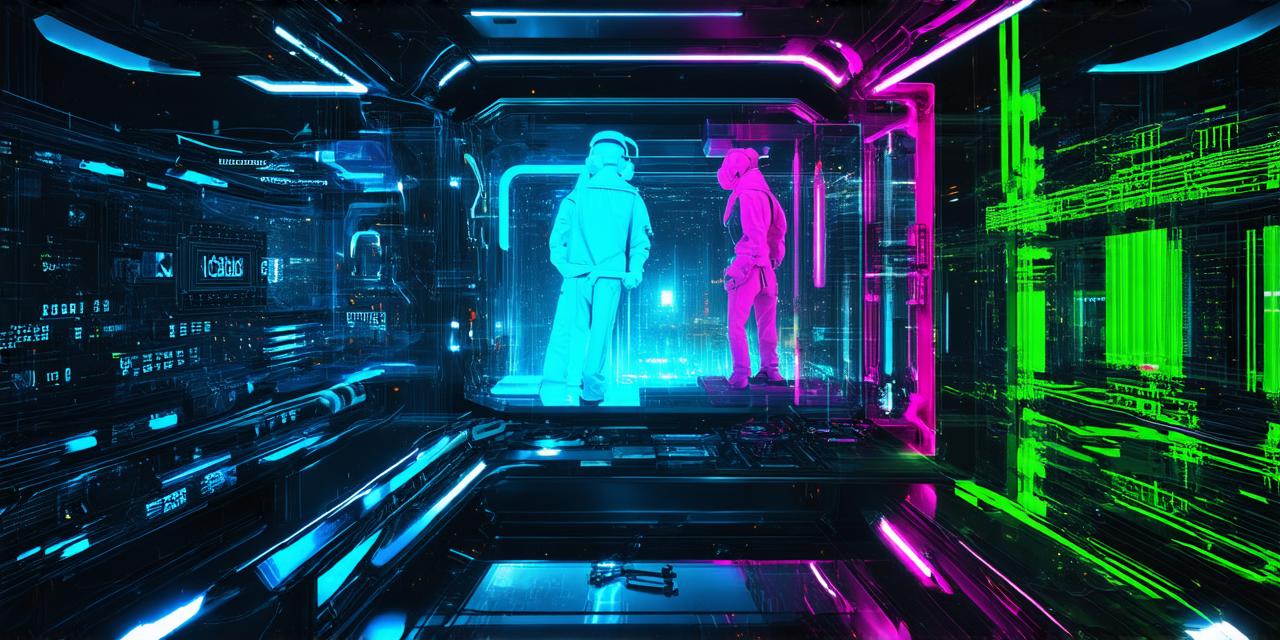What is Augmented Reality?
Augmented reality (AR) is a technology that enhances the user’s real-world environment by overlaying digital information onto the real world using a camera or a display device. AR allows users to interact with virtual objects and information in real time, creating an immersive experience that blends the physical and digital worlds.

What is Mixed Reality?
Mixed reality (MR) is a technology that combines the physical and digital worlds in a seamless manner, allowing users to interact with both virtual and real-world objects at the same time. MR creates an environment that feels more natural and intuitive than traditional AR, making it an ideal choice for applications that require more advanced interactions between virtual and real-world objects.
Differences between AR and MR
There are several key differences between AR and MR:
- Interactivity: One of the main differences between AR and MR is the level of interactivity between virtual and real-world objects.
- Field of View: AR typically has a narrower field of view than MR, which means that the user can see only a small portion of the real world at any given time. MR, on the other hand, has a wider field of view, which allows users to see more of the real world and interact with virtual objects in a more natural way.
- Immersion: AR provides a less immersive experience than MR, as users must constantly switch between the real and digital worlds. MR, on the other hand, creates a more immersive environment that feels more natural to users, making it an ideal choice for applications that require advanced interactions between virtual and real-world objects.
- Tracking: AR typically uses camera-based tracking, which can be less accurate than the more sophisticated tracking systems used in MR. This can lead to issues such as occlusions and ghosting, where virtual objects are not accurately tracked or appear in unexpected places. MR, on the other hand, typically uses more advanced tracking systems that are more accurate and reliable, reducing the likelihood of these issues.
bekannten
Examples of AR and MR in Practice
To help you better understand the differences between AR and MR, let’s look at some real-life examples:
- AR-enabled Smart Glasses: AR smart glasses are a popular application of AR technology that allows users to interact with virtual information in real time. For example, a tourist may use an AR-enabled smart glass to see real-time translations of signs and menus while traveling abroad. However, this type of interaction is limited to simple text overlays and does not allow for advanced interactions between virtual and real-world objects.
- MR-enabled Virtual Try-On: MR technology can be used to create a virtual try-on experience for clothing or makeup products, allowing users to see how they would look on themselves before making a purchase. This type of interaction is more immersive than AR, as users can see the virtual objects in a more natural way and manipulate them with greater precision.
- MR-enabled Surgical Procedures: MR technology can be used in surgical procedures to visualize a patient’s internal organs and perform complex operations with greater precision. This type of interaction allows users to see the virtual objects in a more natural way and understand how it will function in real life.
- AR-enabled Gaming: AR gaming applications allow users to interact with virtual objects and information in real time, creating an immersive experience that blends the physical and digital worlds. For example, a user may play a game that overlays virtual objects onto their real-world environment, allowing them to interact with these objects in real time.
- MR-enabled Architectural Visualization: MR technology can be used in architectural visualization to create more realistic and immersive renderings of buildings and other structures. This type of interaction allows users to see the building in a more natural way and understand how it will function in real life.
FAQs
1. What is the main difference between AR and MR?
The main difference between AR and MR is the level of interactivity between virtual and real-world objects, with MR providing a more seamless interaction and AR providing a less immersive experience.
2. Can I use AR for surgical procedures?
While there are some AR applications in surgery, such as visualizing internal organs, MR technology is typically used in surgical procedures due to its ability to create a more immersive environment that allows for advanced interactions between virtual and real-world objects.
3. What is the best use case for AR vs. MR?
The best use case for AR vs. MR depends on the specific application requirements. If you need advanced interactions between virtual and real-world objects, MR may be the better choice. However, if you need a simpler interaction that blends the physical and digital worlds, AR may be more appropriate.
4. Is MR technology more expensive than AR technology?
MR technology is generally more expensive than AR technology due to the more advanced tracking systems and processing power required for MR applications. However, the cost of MR technology has been decreasing in recent years as it becomes more widely adopted.
5. What are some real-life examples of AR and MR in action?
Some real-life examples of AR and MR include AR smart glasses, MR-enabled virtual try-on experiences, MR-assisted surgical procedures, AR-enabled gaming applications, and MR-enhanced architectural visualization.
Conclusion
In conclusion, while augmented reality and mixed reality share some similarities, there are key differences between these two immersive technologies that can impact their respective use cases. By understanding the main differences between AR and MR, you can choose the right technology for your specific needs and create more effective and engaging experiences for your users.
